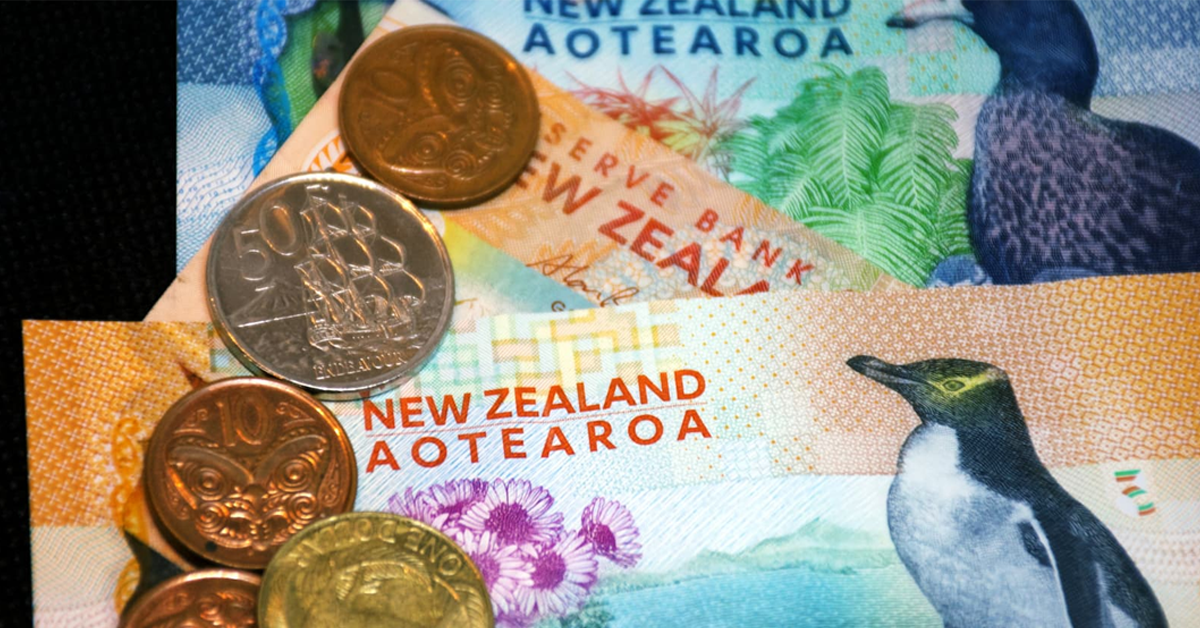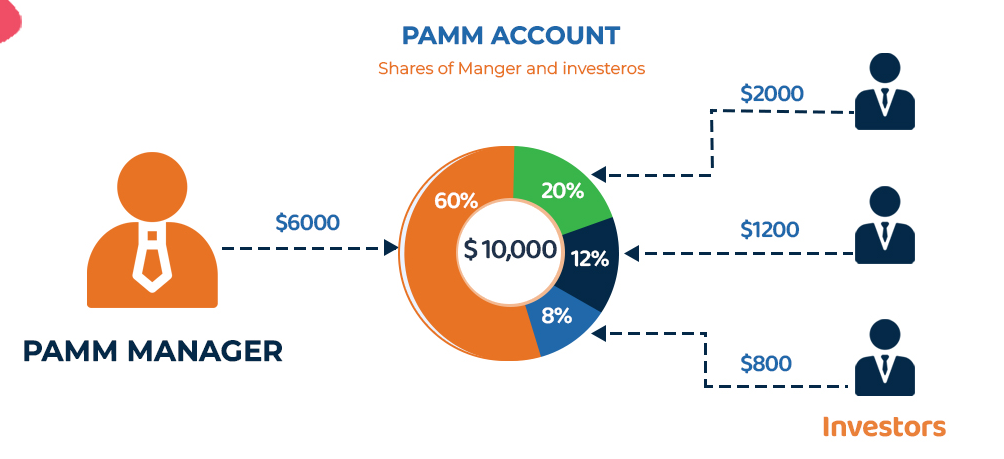During the early Asian session on Thursday, the NZD/USD pair was trading slightly higher at 0.5690. The Greenback falls against the New Zealand Dollar (NZD) as US economic data disappoints. Investors will keenly monitor developments in the rekindled trade battle between the United States and China, the world’s two largest economies.
The weaker US Services Purchasing Manager Index (PMI) could weigh on the Greenback and generate a tailwind for the pair. The US ISM Services PMI fell to 52.8 in January from 54.0 (revised from 54.1) in December. This reading came in below the market consensus of 54.3.
On the other hand, New Zealand’s fourth-quarter employment report will put the RBNZ on pace to decrease the Official Cash Rate (OCR) by 50 basis points (bps) to 3.75% this month. Statistics New Zealand said on Wednesday that the country’s unemployment rate increased to 5.1% in Q4, up from 4.8% the previous quarter. This result was a four-year high and exceeded the 25-year average of 4.8%. Rising expectations that the Reserve Bank of New Zealand (RBNZ) may decrease interest rates may further impact on the New Zealand Dollar (NZD).
“In line with RBNZ guidance, markets continue to imply another 50bps rate cut to 3.75% at the February 19 meeting and the policy rate to through around 3.00% over the next 12 months. Bottom line: NZ-US 2-year bond yield spreads can further weigh on NZD/USD,” noted Société Générale’s FX analysts.
On Tuesday, the finance ministry in China unveiled a package of tariffs on various US products such as crude oil, farm equipment, and some autos in a sharp response to an announcement made by US President Donald Trump imposing a 10% tariff on Chinese imports. Further, China served notice to several companies including Google for potential sanctions in response to Trump’s tariffs. Any sign of uncertainty or a rising trade war tension may see the China-proxy Kiwi being dragged lower, as China remains one of the major trading partners to New Zealand.











